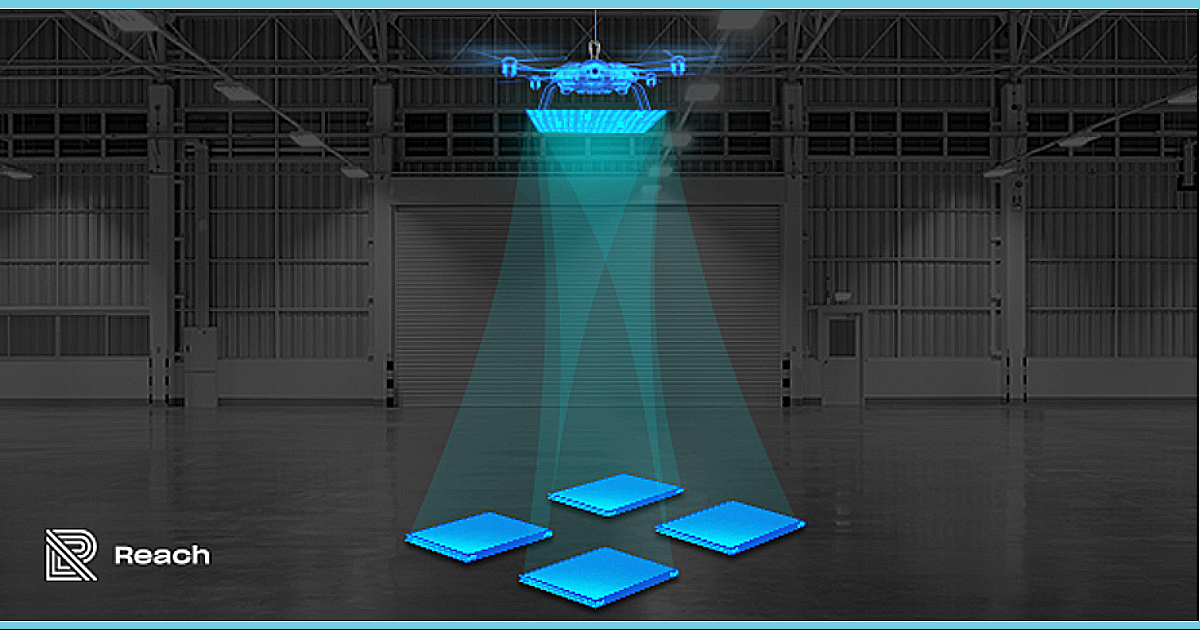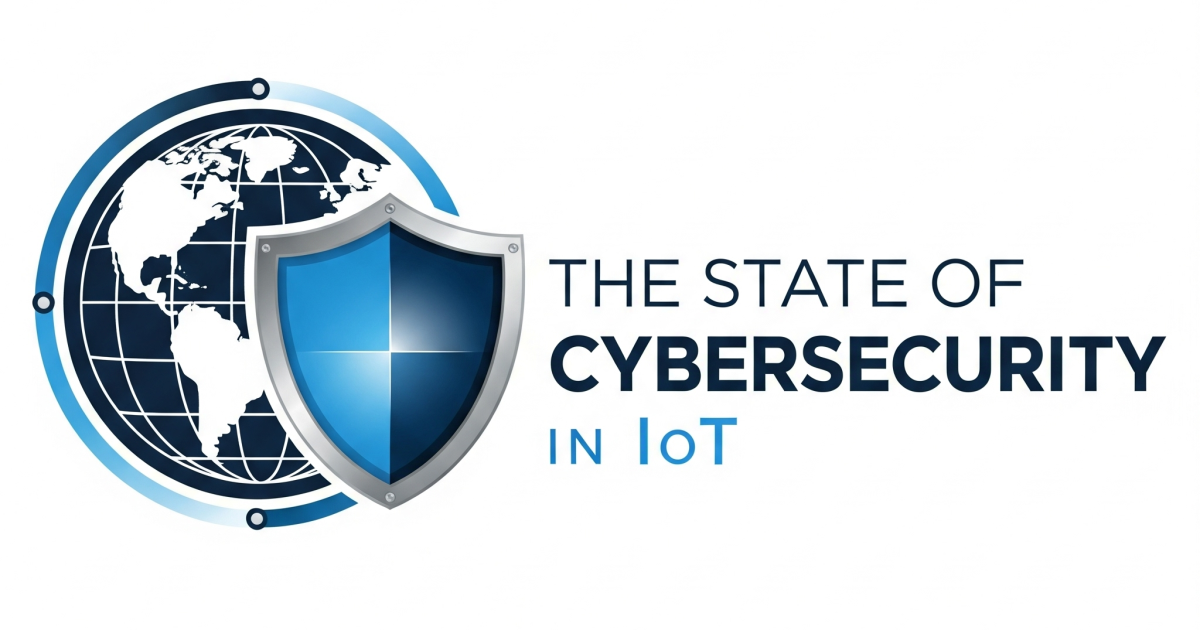
Let’s talk about Reach, drones and mesh networks.
Reach is known as the “Wireless Power-at-a-Distance” provider – an innovator of industrial-scale, high-performance tech aimed at “reshaping how the world thinks about power delivery and distribution,” according to the company. Reach believes that wireless transmission “will transform power in the same way that Wi-Fi changed data.” With commercial solutions serving markets involved in agile manufacturing, connected logistics and even digitization in retail – quality control cameras, GPS trackers, RFID/BLE tags and GPS trackers, UWB beacons, sensors and a variety of customer engagement systems – Reach has also branched out to government-serving markets – i.e. resilient solutions involving and military-grade battery packs, aerial platforms, tools and security systems.
So, that’s Reach. Where do specifics regarding drones and mesh networks fit in?
Simple:
As part of a new project funded by the BAA (Broad Agency Announcement) and the Defense Advanced Research Projects Agency (DARPA), Reach has officially developed and demonstrated a successful RF-based wireless power transfer (WPT) system for unmanned aerial vehicles (UAVs). This demo took place at NASA’s own Ames Research Center, showcasing Reach’s latest solution, quote, “by beaming 256 watts of power at a drone actively in flight.”
“It did this without landing, they’re saying?” That was my first question, at least.
Indeed, they did – via four Reach WPTs that created a mesh network. This network was able to transmit power to the drone with a wider coverage area, beaming wireless electricity at a distance of approximately six meters. By showing how multiple WPTs can work in unison to form this drone-powering mesh network, Reach was able to demonstrate an additional benefit – even in the case of individual power source failover, the mesh’s fault-tolerant networking enabled power to still be delivered to the drone itself.
Reach has called this “a significant step forward in the use of WPTs to keep UAVs, robotics and other electronic devices both powered and charging while still operational,” thereby extending devices’ missions in an efficiently dependable way.
“This successful demonstration is a critical step towards creating a practical, scalable RF-based wireless power network,” said Chris Davlantes, MIT graduate and Reach’s founder and CEO. “Energy is fundamental to every aspect of our lives. We believe that more flexible and resilient power distribution networks enabled by wireless power transfer will revolutionize a vast array of military and commercial applications in the near future.”
Read here for more info on wireless power mesh networks and Reach’s record-setting milestones.
Edited by
Greg Tavarez





